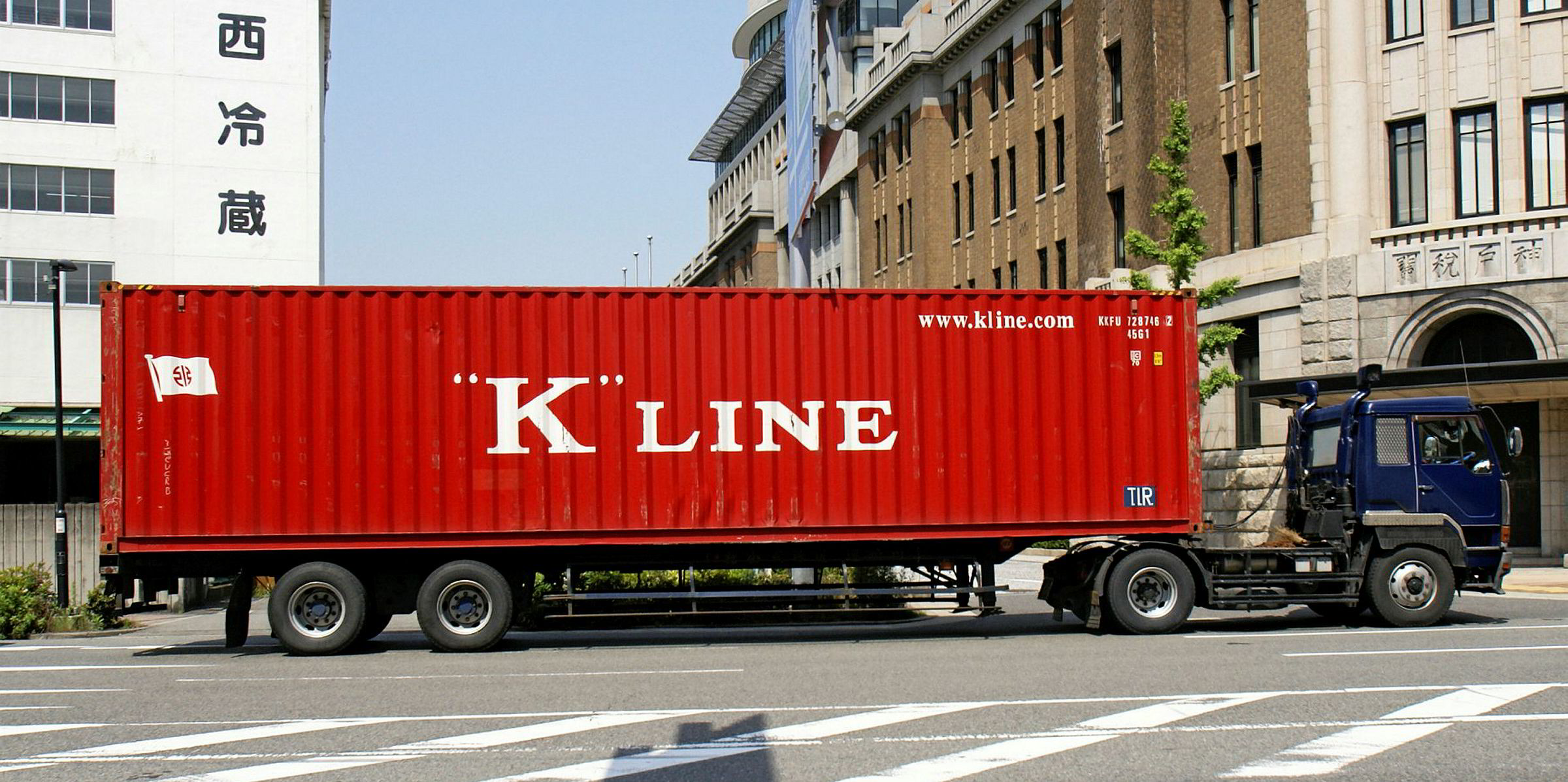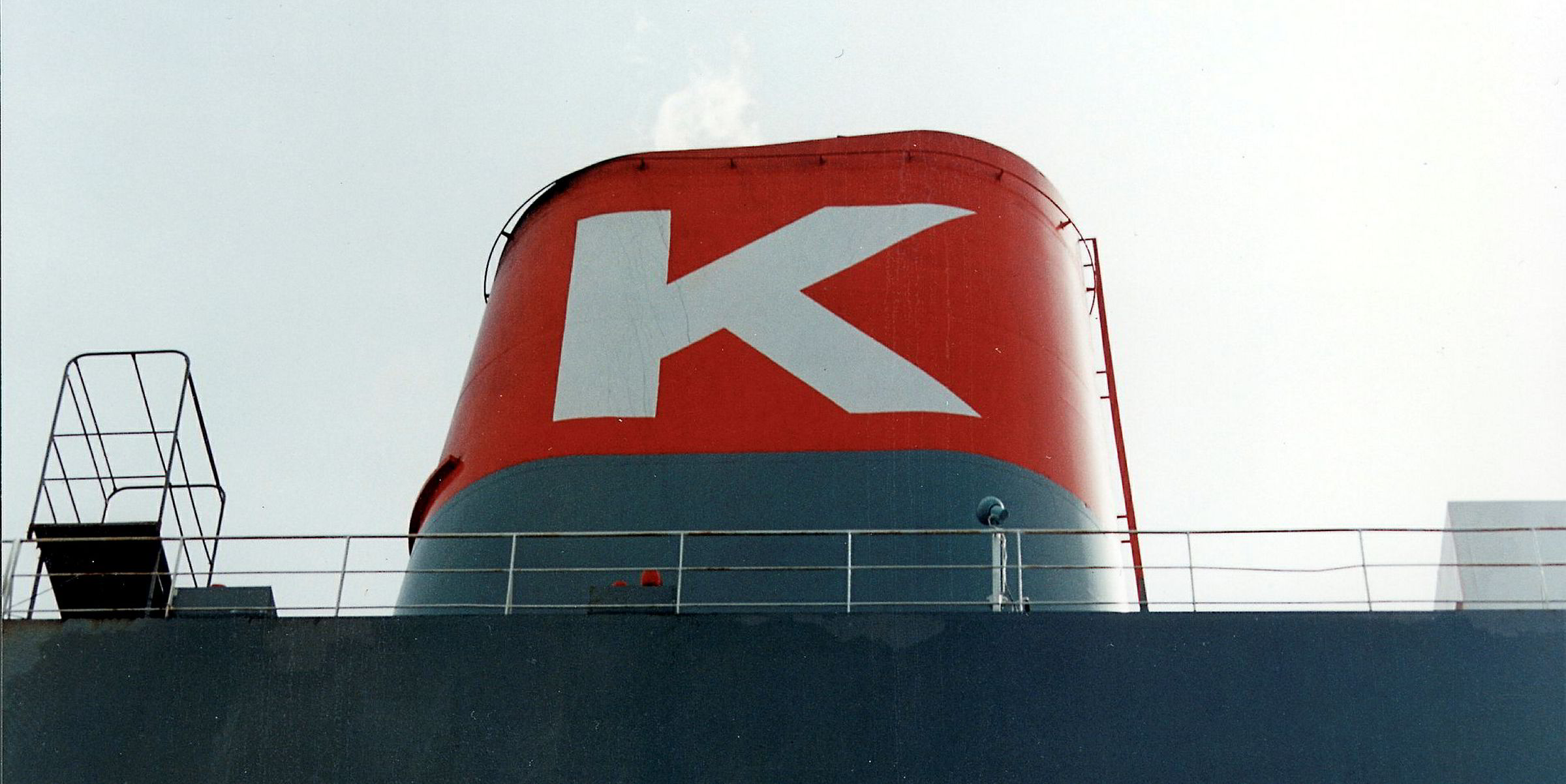Japanese shipping behemoth K Line has made good on a promise to return to profitability but continued market uncertainty is weighing on a decision over how much of its profit to return to shareholders as dividends.
The company announced on Friday a profit of ¥25.2bn ($231.3m) for the nine months through to the end of December 2019, compared with a loss of ¥31bn in the same period of the previous year.
Results improved particularly after a turnaround in the product logistics business, in which K Line combines its car carrier and containership operations.
Operating revenue there decreased, but the segment still turned a profit after liner alliance Ocean Network Express (ONE) crossed into black with the help of freight rate increases in its dominant North American trade. ONE also realigned and rationalised other trades to cut operational costs, K Line added.
Figures released earlier on Friday showed Singapore-based ONE posting a profit of $5m in the third quarter and upgrading its full-year profit forecast by over a third to $81m. ONE is jointly owned by MOL, NYK Line and K Line.
As a result, K Line said on Friday it stuck to a previously announced forecast for an ¥11 bn profit for the full year. Continued market uncertainty, however, has led the company to stay its hand on a dividend decision.
“The year-end dividend remains yet to be determined,” K Line said in its earnings release. K Line paid no dividend on 2018 earnings after posting a loss of ¥111bn for the year.
K Line attributed the delay in the dividend decision to the slowdown in the global economic outlook after the China-US trade dispute and escalating geopolitical tensions in the Middle East.
Those “could lead to deterioration in the transportation demand and the business environment remains critical toward achieving the consolidated full-year business forecasts, though the company is taking measures to improve earnings now”, the company said.
Other factors weighed on the results as well. In the dry bulk business, capesize vessels burning fuels not complying with IMO 2020 sulphur rules made ballast voyages to Brazil late in 2019 just before the new rules kicked in, boosting tonnage supply and hurting freight rates in the region, K Line said.
Freight rates for smaller ships became sluggish as well over the same period. As a result, K Line’s dry bulk operating revenues dropped by 13% to ¥181.9bn
Dry bulk accounted for nearly a third of K Line’s operating revenues in the nine months trough to 31 December. Product logistics represented the lion’s share, accounting for 52% of the total.






